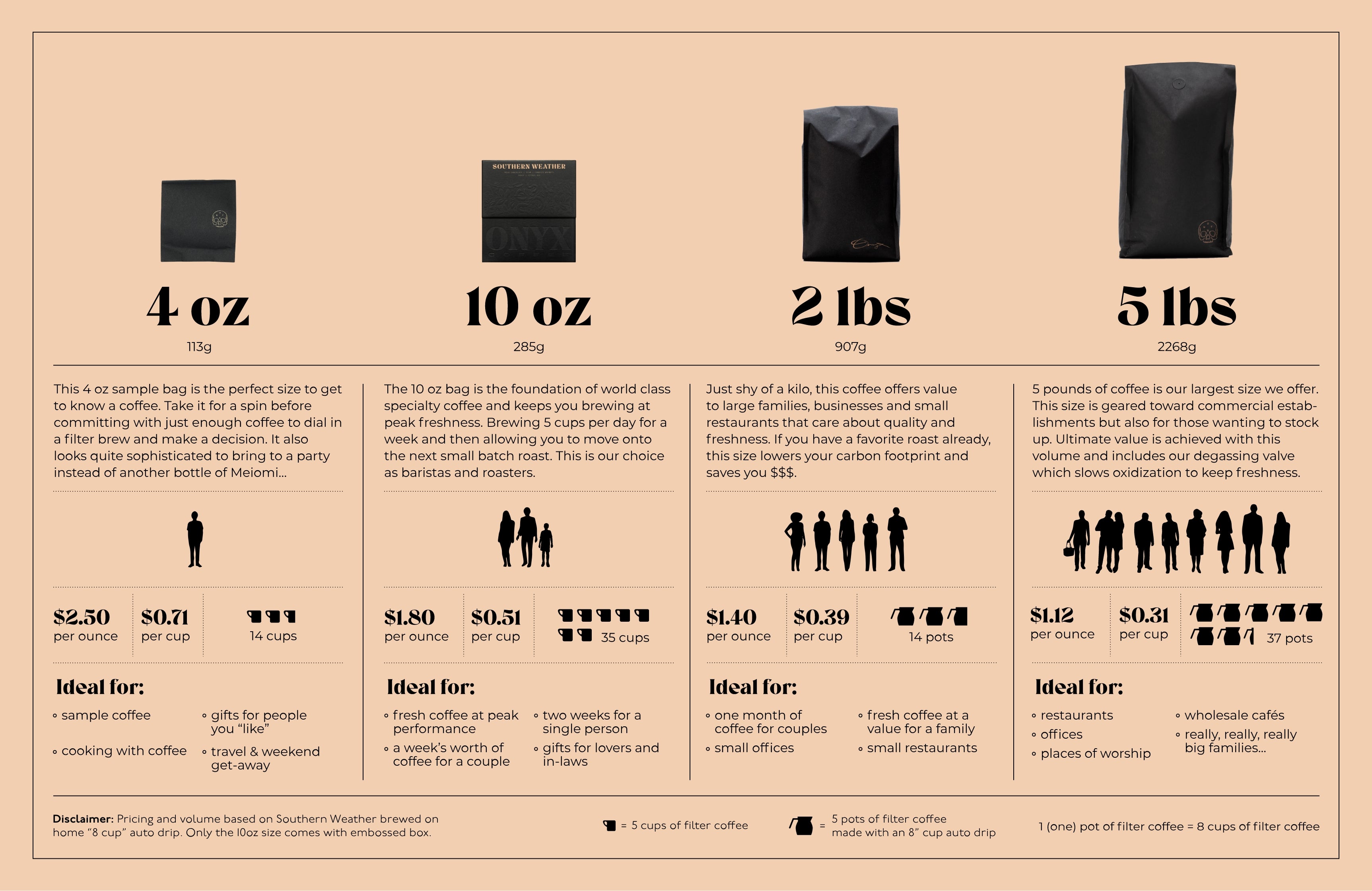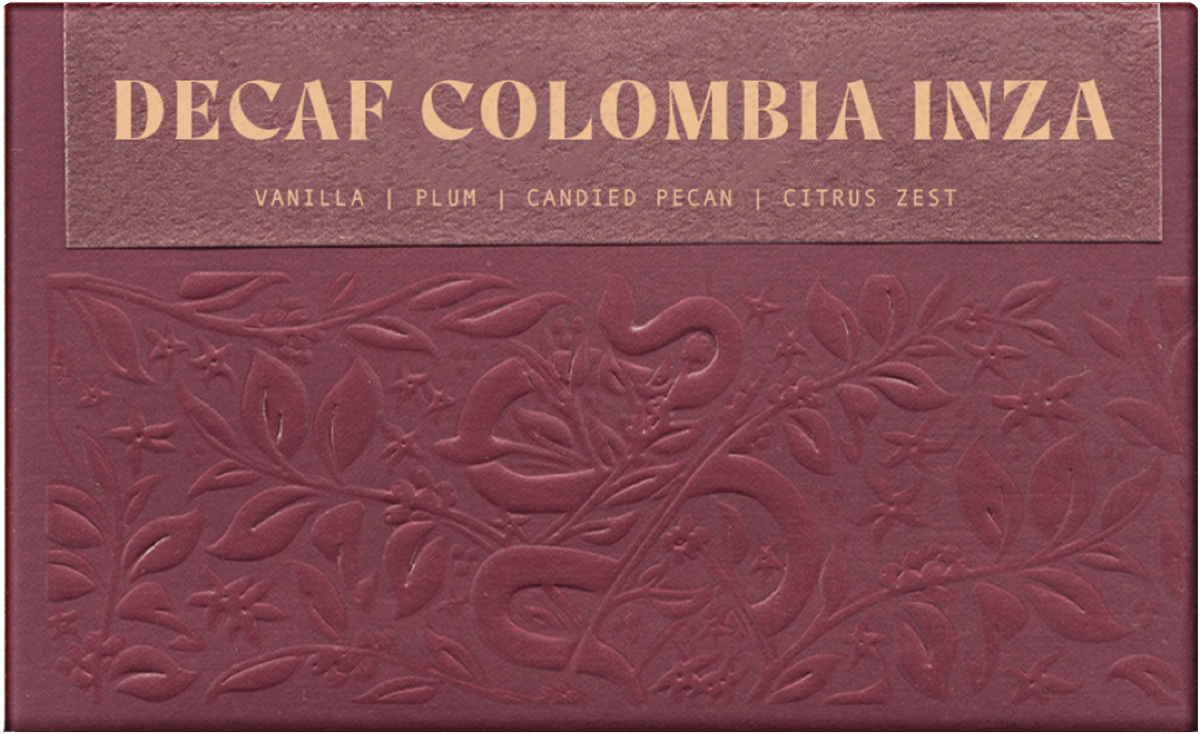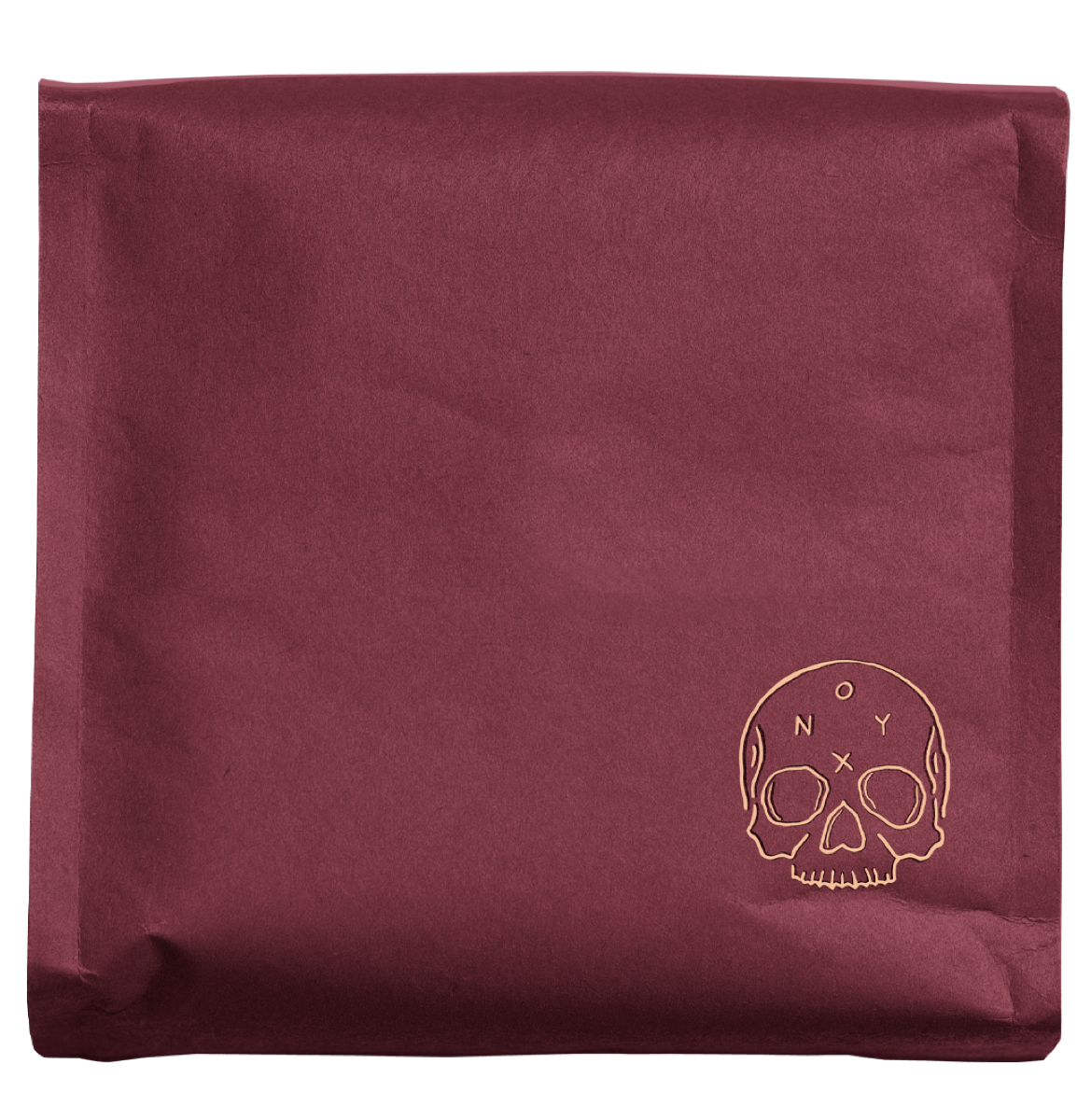Story
This coffee comes from our friends at Red Fox Coffee Merchants, who have worked in Cauca for the last twelve years, developing regional lots as well as single producer lots like this one. Here’s what they have to say about their Inzá relationship.
Deep in the interior of Colombia’s department of Cauca lies the province of Inzá, known in Colombia as La Tierra Adentro. On a good day, it is a two-hour drive from Popayán and La Plata in either direction, but frequent mudslides and road closures mean it’s often not easily accessible. On clear days in the village of Inzá, one can see straight up to the Nevado del Huila, the highest volcano in Colombia. The famous Paez river runs east through the valley, connecting Cauca and Huila. Very little coffee is grown below 1750 masl with a great portion growing at 1900 masl. Caturra, Castillo, and Typica are found in the region, with Caturra being the dominant variety.
The coffee producers of Inzá were in many ways the original inspiration and motivation for the creation of Red Fox Coffee Merchants. Aleco’s twelve-year relationship with the Asorcafe Producers’ Association of Inzá has been rewarded with success in quality and new discoveries. Red Fox buys coffees from three main villages or counties within the Inzá municipality — Pedregal, San Antonio, and the town of Inzá. Each village is often composed of just a handful of families with no more than 20-30 hectares dedicated to growing coffee. When volume allows, we bulk by family or by individual producer.
Asorcafe was founded in 2004 by ten coffee growers who were tired of selling their coffee to parchment buyers who only offered prices below the national market. Asorcafé exudes an entrepreneurial spirit as they have become leaders of their coffee-growing region. Asorcafé, in conjunction with private and state organizations, provides aid to their members including subsidies for domestic economy, education, job training, and healthcare services.
EA DECAFFEINATION
Sugar cane ethyl acetate or commonly known as EA decaf is a natural process of decaffeinating coffee. It is usually found in Colombia where sugar cane is readily available and starts with making molasses from sugar cane. Once created, it sits in vats to ferment. The bacteria produce acetic acid, much like fermenting coffee, and at the peak of fermentation, alcohol is added to make something called ethyl acetate.
For it to be applied to coffee first, the green coffee is steamed in tanks to elevate the moisture level — the beans swell, which allows the extraction of caffeine. Ethyl acetate is added to the mixture, and it dissolves the caffeine in the coffee. The coffee is then washed with water and laid to dry. In theory, the coffee should reach the same moisture content as it arrived in, which is somewhere between 11-12%. The most important part of EA coffee, and why it tastes so sweet, is it avoids high pressure and high heat, which degrades coffee quickly. This allows the natural terroir flavors to come through, making it a sweet and bright decaf.



